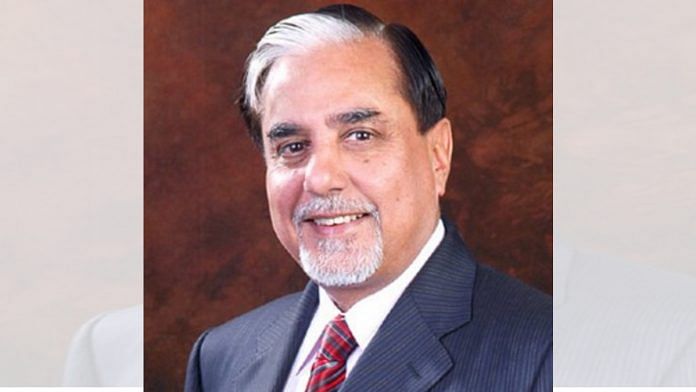A 70-year-old Indian media magnate was about to lose his crown jewel to a campaign by a U.S. fund manager. But within a week, a Japanese conglomerate, itself a defiant survivor of several challenges by foreign activists, came to Subhash Chandra’s rescue. Asian family values triumphed over American-style corporate governance? Not really. Everybody won — the Indians, the Americans, and, of course, the Japanese.
Privately held Sony Pictures Networks India is merging with publicly traded Zee Entertainment Enterprises Ltd. Sony Group Corp. will control the larger empire, and infuse an additional $1.4 billion of cash into it. But the combined entity will be presided over by Punit Goenka, the current Zee chief executive and founder Chandra’s elder son. What’s more, the family gets an option to raise its near-4% stake to 20%.
Chandra, who will also get extra shares as a non-compete fee, should be thrilled. But the almost-32% jump in the stock suggests that minority shareholders aren’t exactly grumpy, either, even though the merger is unlikely to trigger an open offer. Funnily enough, the shares had surged almost 40% last week — after Invesco Developing Markets Fund and OFI Global China Fund LLC, between them owning 17.9%, had called for a shareholders’ meeting to boot out Goenka and end the 30-year-sway of the family.
It seems the market can’t make up its mind if India’s largest private television network, with a 17% share nationwide, is more valuable with the founders in the driver’s seat or out of the wagon entirely.
In the early 1990s, the homegrown firm had brought non-state-controlled TV to India with Rupert Murdoch’s help, before parting ways with the Australian-American tycoon. (Full disclosure: I worked at the group’s news venture in New Delhi in the late-1990s.) By all reckoning, Zee Entertainment is a more solid franchise than Sony India.
The pandemic, which saw a vicious surge during April and May, left Zee’s advertising revenue in the June quarter down by almost 23% from the pre-Covid-19 levels. Even without short-term disruptions, the heydays of the traditional broadcaster may be over, with the hunger for content moving from television sets to smaller screens of smartphones and tablets. However, with 7 million daily active users, Zee isn’t doing too badly in the faster-growing streaming market. The network is now seeking to offer digital programming in regional languages — such as Punjabi — hoping to open up new audiences both at home and among the large Indian diaspora. Sony’s own digital platform could never have shaken the dominance locally of Disney Plus Hotstar. Combining with Zee gives it a decent shot.
In other words, the business, which has more cash than debt, could perhaps have commanded a better valuation than what the Japanese are paying: three times annual sales, which works out to a multiple of 13 on 18 billion rupees ($241 million) earnings before interest, taxes, depreciation and amortization, according to B&K Securities. But Zee’s problem was founder Chandra’s ill-conceived foray into infrastructure.
Wanting to build roads with other people’s money may be a great idea, but not when you’re already making a killing by selling what folks crave even more than the missing infrastructure: Bollywood entertainment. After the sudden 2018 collapse of IL&FS Group, a large Indian infrastructure financier, the credit markets all but froze up for Chandra. His media stock, which he had pledged to raise equity for his other ventures, got hammered. Without Invesco-Oppenheimer coming in as a white knight in late 2019, he couldn’t have held on. But then, two years later, the family’s presence became a liability to the rescuers — and that gave Sony the opportunity it had long sought. And on attractive terms.
Where does the merger leave Invesco? To the extent that its activism precipitated the announcement, the investor can give itself a pat on the back for unlocking value. The shareholders’ meeting it had called to oust the CEO may no longer be necessary. Although Goenka would continue in the top job, Sony would control the majority of the board. From a corporate governance standpoint, that’s not a bad outcome. Besides, the deal is nonbinding for now. Other suitors could emerge, offer Invesco an even better deal for its shares, and give minority owners an exit option. The American shareholder didn’t exactly lose anything by speaking up — and might score an even bigger win.
Even Zee’s soap operas don’t often have such unpredictable twists. Or unanticipated endings.-Bloomberg
Also read: India’s IPO frenzy sees bankers trade work-life balance for huge fees



